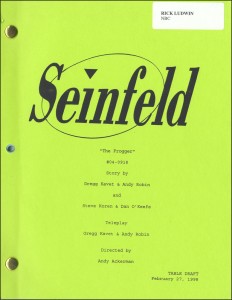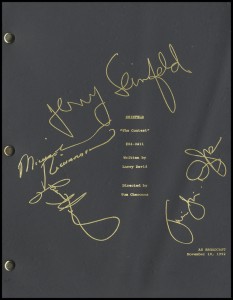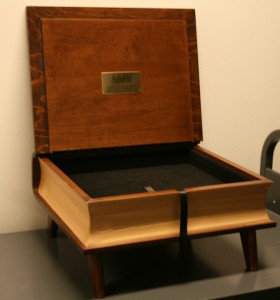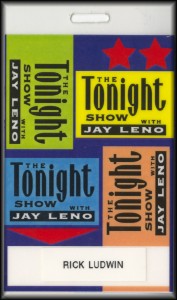A recent visit to the Gettysburg National Military Park inspired me to look through our Samuel Richey Collection of the Southern Confederacy for references to Gettysburg. While few letters in the Richey Collection discuss Gettysburg, there is correspondence from some of the Southern generals that fought there regarding other campaigns and concerns. There are letters from Robert E. Lee, John B. Hood, Richard Ewell, George Pickett, Jubal Early, and a telegram from William Barksdale. I had recently walked the ground where these men fought, and it was very special to be able to see their signatures and to hold these documents.
 I was especially interested in several letters written by Jubal Early to Jefferson Davis after the war. Early describes his dispute with James Longstreet over their differing interpretations of why the Confederates lost the battle at Gettysburg. Early blames Longstreet for the loss due to Longstreet’s delay in attacking Union positions on July 2nd. Early’s letter of January 19, 1888 to Davis is a critique of an article that Longstreet had written about the Gettysburg campaign in Century Magazine in February 1887
I was especially interested in several letters written by Jubal Early to Jefferson Davis after the war. Early describes his dispute with James Longstreet over their differing interpretations of why the Confederates lost the battle at Gettysburg. Early blames Longstreet for the loss due to Longstreet’s delay in attacking Union positions on July 2nd. Early’s letter of January 19, 1888 to Davis is a critique of an article that Longstreet had written about the Gettysburg campaign in Century Magazine in February 1887 .
.
I first became aware of the Richey Collection in 1992 when Jerry Frey, a Civil War researcher from Cincinnati, came to Special Collections to research Union soldiers. While here he discovered a department brochure on the Samuel Richey Collection of the Southern Confederacy. As he began to explore the collection he realized that the letters covered most of the Civil War. He decided that he would try to place some of the letters into a proper historical context, and this research led to the writing of his book, In the Woods Before Dawn: The Samuel Richey Collection of the Southern Confederacy, which was published in 1994.
Sutton Richey was an 1855 graduate of Miami. He was an admirer of Robert E. Lee and hoped to collect letters by Lee, but they were hard to come by. It was easier to obtain letters by Jefferson Davis, President of the Confederate States of America, and so he began collecting Davis letters. Richey’s son, Samuel, an 1894 Miami graduate, continued collecting Civil War documents. In 1960 the bulk of their collection was donated to Miami University. To see what letters and documents are in the Richey Collection you may view our finding aid online: Samuel Richey Collection of the Southern Confederacy .
As our nation continues to observe the sesquicentennial of the American Civil War I would like to draw attention to the wealth of Civil War materials that are housed in the Walter Havighurst Special Collections. Last fall we exhibited some of these letters and documents when Special Collections Librarian Kim Tully curated an exhibit, Voices from the Civil War in the Walter Havighurst Special Collections. We continue to display Harpers Weekly from 1862, and each week we turn to a new issue that covers the events of the war that occurred one hundred and fifty years ago. Our Miscellanea Collection has Civil War letters and documents, including two dispatches from Jeb Stuart, another Confederate general who fought at Gettysburg. We have a collection of Civil Diaries written by Miami students and by local Ohio community members. For a more complete list of Civil War related materials in the Walter Havighurst Special Collections please refer to the exhibit brochure The Deadliest That Ever Darkened Earth.
Jim Bricker
Senior Library Technician








 Translated from the French by Nehemiah Cleaveland, the two volume text consists of selections of musings on the history and meaning of a variety of flowers by Alphonse de Candolle, Taxile Delord, and Alphonse Karr.
Translated from the French by Nehemiah Cleaveland, the two volume text consists of selections of musings on the history and meaning of a variety of flowers by Alphonse de Candolle, Taxile Delord, and Alphonse Karr.













